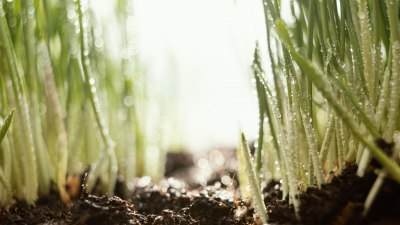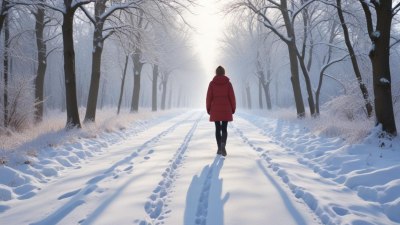The Hidden Role of Soil in Regulating Local Temperature
Explore how soil influences local temperatures and its vital role in ecosystem health.

Soil is often underestimated in the grand scheme of climate systems, yet it plays a pivotal role in regulating local temperatures. The intricate interactions between soil composition, moisture content, and biological activity create a microclimate that can significantly affect air temperatures, plant growth, and overall ecosystem health.
The Composition of Soil
Soil is composed of minerals, organic matter, water, and air, and its physical and chemical properties can influence its ability to store heat. Soils rich in organic matter tend to have higher heat retention capacity due to their complex structures and moisture-holding properties. This phenomenon is especially noticeable in regions with high levels of plant biomass, where decomposing organic materials contribute to soil fertility and thermal regulation.
Moisture Content's Influence
The moisture content of soil greatly impacts its thermal properties. Wet soils have higher thermal conductivity compared to dry soils, meaning they can transfer heat more efficiently. This can lead to cooler temperatures during the day when the sun is at its peak, as the evaporation of water from the soil surface cools the surrounding air. Conversely, in dry periods, soils can heat up quickly and contribute to elevated local air temperatures. The seasonal variations in moisture can, therefore, lead to noticeable fluctuations in local climate patterns.
Biological Activity and Temperature Regulation
The microorganisms, fungi, and invertebrates inhabiting the soil play a crucial role in the temperature regulation of their environment. As these organisms break down organic matter, they generate heat through metabolic processes. This heat can influence soil temperatures and contribute to a warmer microenvironment that favors specific plant species. Moreover, roots of plants can also affect soil temperature by providing shade and moisture retention, illustrating the interconnectedness of soil, flora, and climate.
Impact of Soil Type
Different soil types have varied thermal properties that affect temperature regulation. Sandy soils, for example, heat up quickly during the day but cool off rapidly at night, leading to greater temperature fluctuations compared to clay soils, which tend to retain heat and moisture due to their dense structure. This difference impacts plant life, as certain crops may thrive in specific soil types, leading to a diversity of microclimates across landscapes.
Topography and Soil Interaction
The interaction between soil and topography further influences local climate. Elevated areas often have cooler temperatures due to decreased atmospheric pressure and increased wind exposure, while valleys can trap heat. The positioning of soil within these landscapes can therefore create unique temperature profiles. Furthermore, soils in low-lying areas may retain more moisture, thus moderating temperature extremes and affecting the ecology of the region.
The Urban Soil Effect
Urban environments present a unique case study for soil's role in temperature regulation. As cities expand, they often replace natural vegetation with impervious surfaces like asphalt and concrete, leading to the urban heat island effect, where temperatures are significantly higher than surrounding rural areas. However, urban soils can still play a critical role in managing this heat by allowing for water retention and evaporation. The integration of green spaces and urban gardens can contribute to cooling effects, enhancing the local climate through improved soil moisture and organic matter.
Climate Change and Soil Dynamics
As climate change progresses, the role of soil in temperature regulation becomes even more critical. Increased temperatures can affect soil moisture levels, leading to changes in biological activity and heat retention capacity. Moreover, the loss of organic matter due to erosion or land-use changes can result in a feedback loop, where decreased soil health leads to greater temperature fluctuations, further stressing ecosystems. Understanding how soil systems function in this context is essential for developing effective adaptation strategies.
Soil Conservation Strategies
To mitigate the impacts of temperature fluctuations resulting from soil degradation, various conservation strategies can be implemented. Practices such as cover cropping, reduced tillage, and organic amendments can enhance soil structure, improve moisture retention, and increase organic matter content. These changes can lead to better temperature regulation, resilience against climate extremes, and healthier ecosystems overall.
The Interwoven Threads of Soil and Climate
The hidden role of soil in regulating local temperatures underscores the importance of recognizing this vital component of our ecosystems. By understanding the relationships between soil properties, moisture, biological activity, and climate, we gain insights into how to better manage our natural resources. Whether in agricultural practices or urban planning, prioritizing soil health is paramount for sustaining our planet’s climate resilience in the face of ongoing environmental changes.











